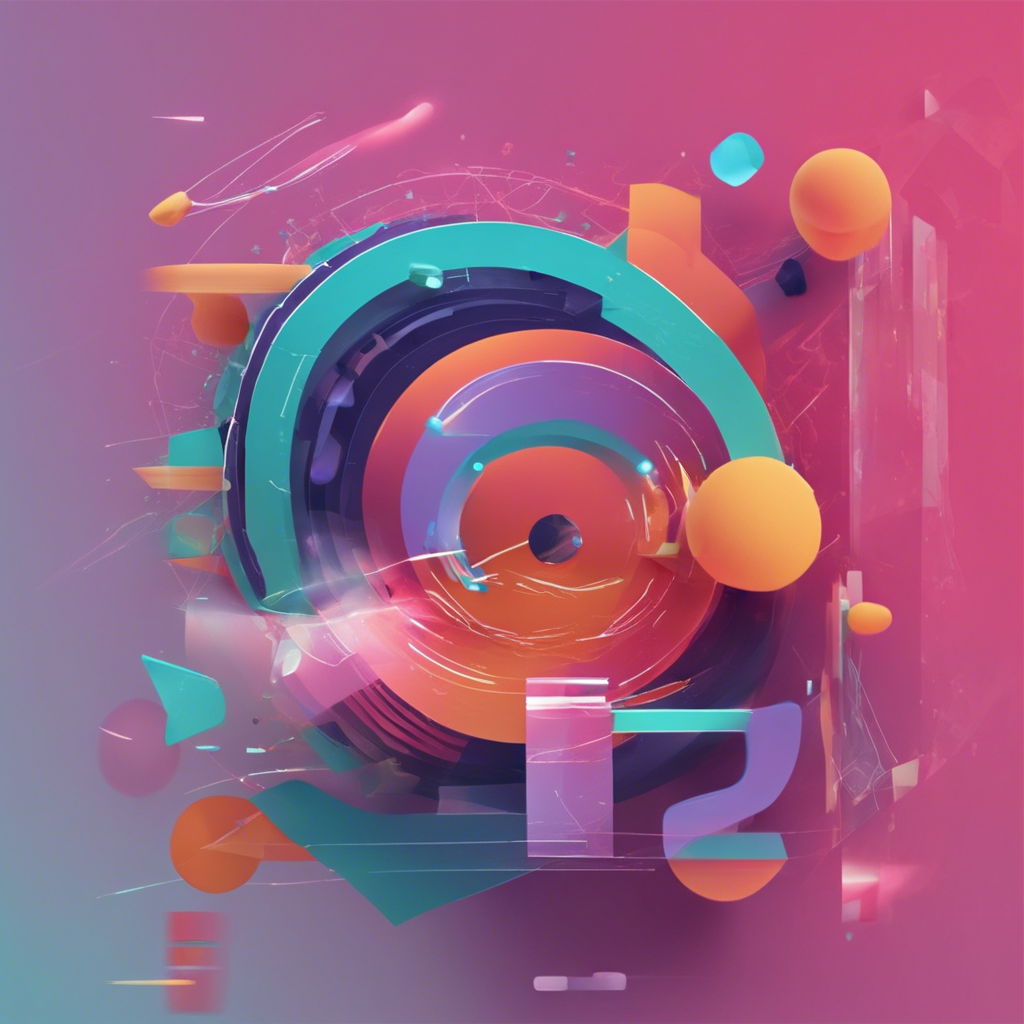What are examples of motion graphics?
What are examples of motion graphics?
Motion graphics are an exciting and dynamic form of visual communication that combines animation, graphic design, and video production techniques to create compelling moving images. They are used in a wide range of applications, from television commercials and movie titles to social media videos and virtual reality experiences. In this article, we will explore some of the most common examples of motion graphics and how they are used in various industries.
1. Title Sequences
One of the most recognizable uses of motion graphics is in title sequences, especially in movies and television shows. These sequences often feature dynamic typography, illustrations, and other graphic elements that set the tone for the content that follows. A great example is the title sequence for the TV show "Mad Men," which uses a combination of typography and animation to convey the show's themes of advertising and the 1960s.
2. Advertising
Motion graphics play a crucial role in advertising, where they are used to create visually engaging commercials, social media ads, and product demonstrations. Advertisers use motion graphics to capture attention, convey brand messages, and persuade viewers to take action. For instance, a company might use motion graphics to create an animated explainer video that demonstrates how their product works or to create a visually striking social media ad that stands out in a user's feed.
3. Infographics
Infographics are a popular form of motion graphics that combine text, images, and animation to present complex information in an accessible and engaging way. They are often used in news stories, educational videos, and corporate presentations to explain data, processes, or concepts. For example, a news channel might use a motion graphic infographic to illustrate the economic impact of a new policy, while an educational video might use one to explain the process of photosynthesis.
4. Data Visualization
Data visualization is another area where motion graphics shine. By animating data, designers can make it easier to understand and more engaging to watch. This is particularly useful in fields like finance, where analysts might use motion graphics to visualize market trends, or in scientific research, where researchers might use them to illustrate complex datasets. For instance, a motion graphic might animate a line graph to show how a stock's value changes over time or use a series of animated charts to compare different climate change models.
5. Social Media Videos
With the rise of platforms like TikTok, Instagram, and YouTube, motion graphics have become an essential tool for creating content that stands out in a crowded social media landscape. From short, punchy animations to longer, more detailed explainer videos, motion graphics can help creators grab attention, convey information, and build a connection with their audience. A popular example is the use of motion graphics in educational content, where they make complex topics more accessible and entertaining.
6. Website Intros and Banners
Websites often use motion graphics to create engaging intros and banners that draw visitors in and convey the site's brand or message. These graphics can range from simple animations that introduce the site's logo to complex interactive elements that respond to user actions. For example, a fashion brand's website might use a motion graphic banner that showcases its latest collection with a stylish animation, encouraging users to explore further.
7. Augmented Reality (AR) and Virtual Reality (VR)
Motion graphics are also at the heart of emerging technologies like AR and VR, where they are used to create immersive experiences that blend the real and digital worlds. In AR, motion graphics might be used to overlay digital information onto the real world, like pointing out landmarks in a cityscape. In VR, they might be used to create entire virtual environments, like a virtual tour of a museum or a game set in a fantastical world.
8. Educational Content
Educational content is another area where motion graphics have a significant impact. They can make learning more engaging by illustrating concepts with animations, breaking down complex processes into digestible chunks, and making abstract ideas more tangible. For example, a motion graphic video might explain the solar system by animating the planets in relation to the sun, making it easier for students to understand the scale and dynamics of our planetary system.
9. User Interface (UI) Design
In software and app design, motion graphics are used to create smooth, engaging user experiences through animations and transitions. These motion graphics guide users through the interface, provide feedback, and make interactions feel more natural and satisfying. For instance, a loading icon that animates as it fills can make waiting for a page to load feel less tedious, while a smooth transition between screens can enhance the overall user experience.
10. Motion Graphics in Music Videos
Finally, motion graphics have become a staple in the world of music videos, where they are used to create visually stunning interpretations of songs. From simple typography-based videos to complex animations that tell a story, motion graphics can bring a song's mood and themes to life in a way that traditional live-action videos can't. A notable example is the music video for "Royals" by Lorde, which uses a minimalist graphic style to convey the song's message about wealth and fame.
In conclusion, motion graphics are a versatile and powerful tool in the visual communication toolkit, used across a wide range of industries and applications. From enhancing storytelling in film and television to making complex data more understandable, motion graphics continue to evolve and expand their reach. As technology advances and new platforms emerge, we can expect to see even more innovative and exciting uses of motion graphics in the future.
Discover more from EMD
Subscribe to get the latest posts to your email.
